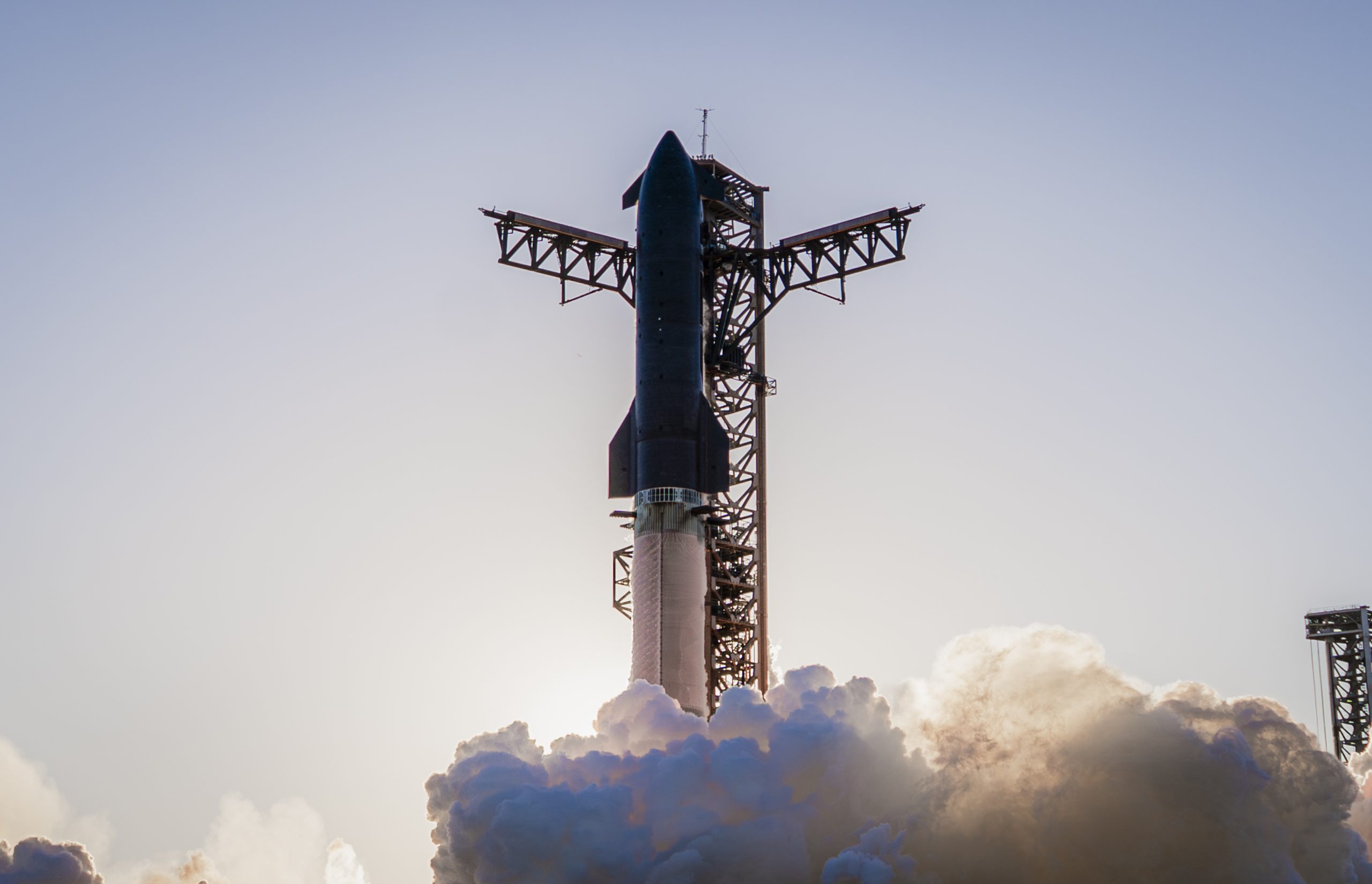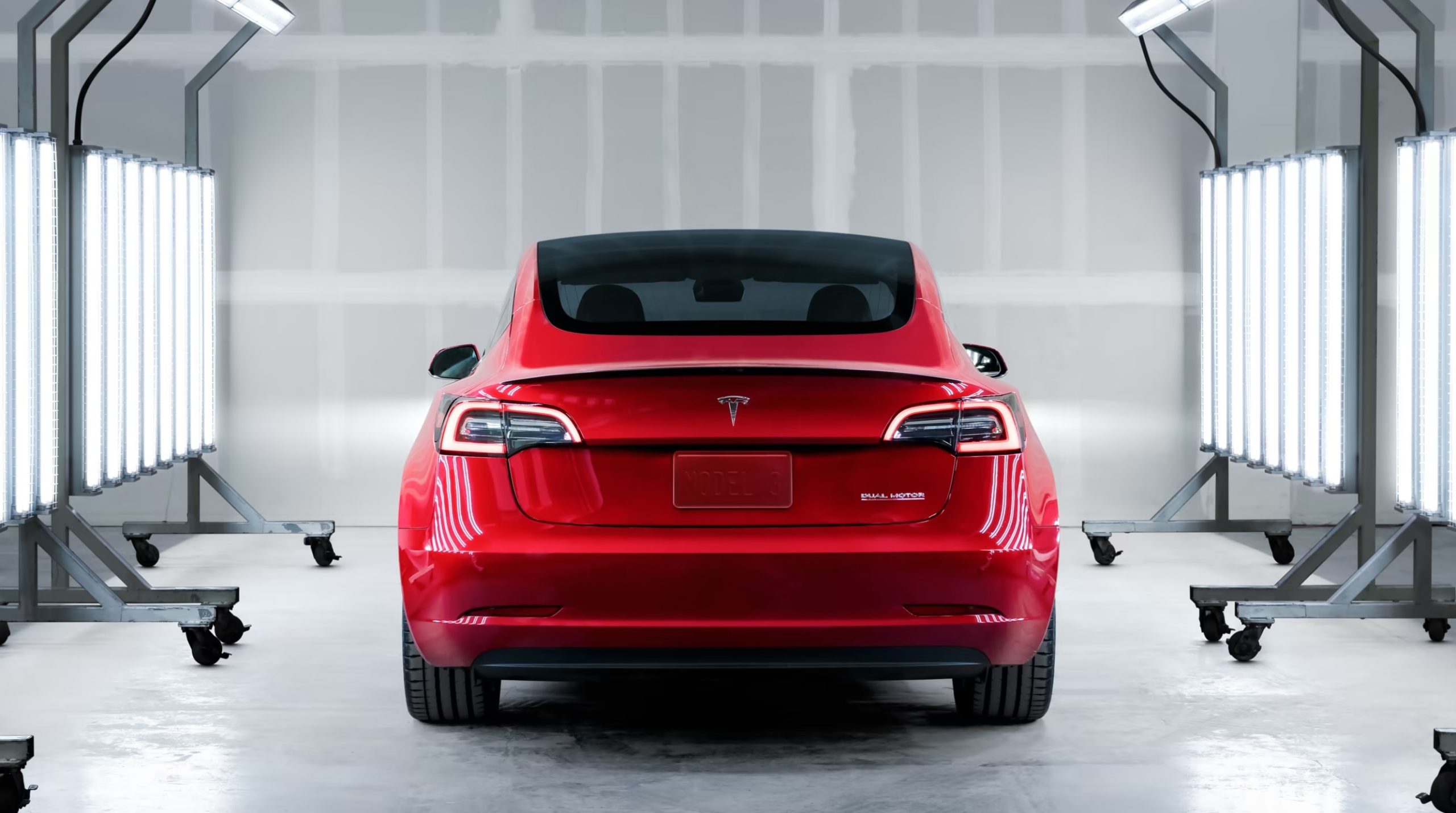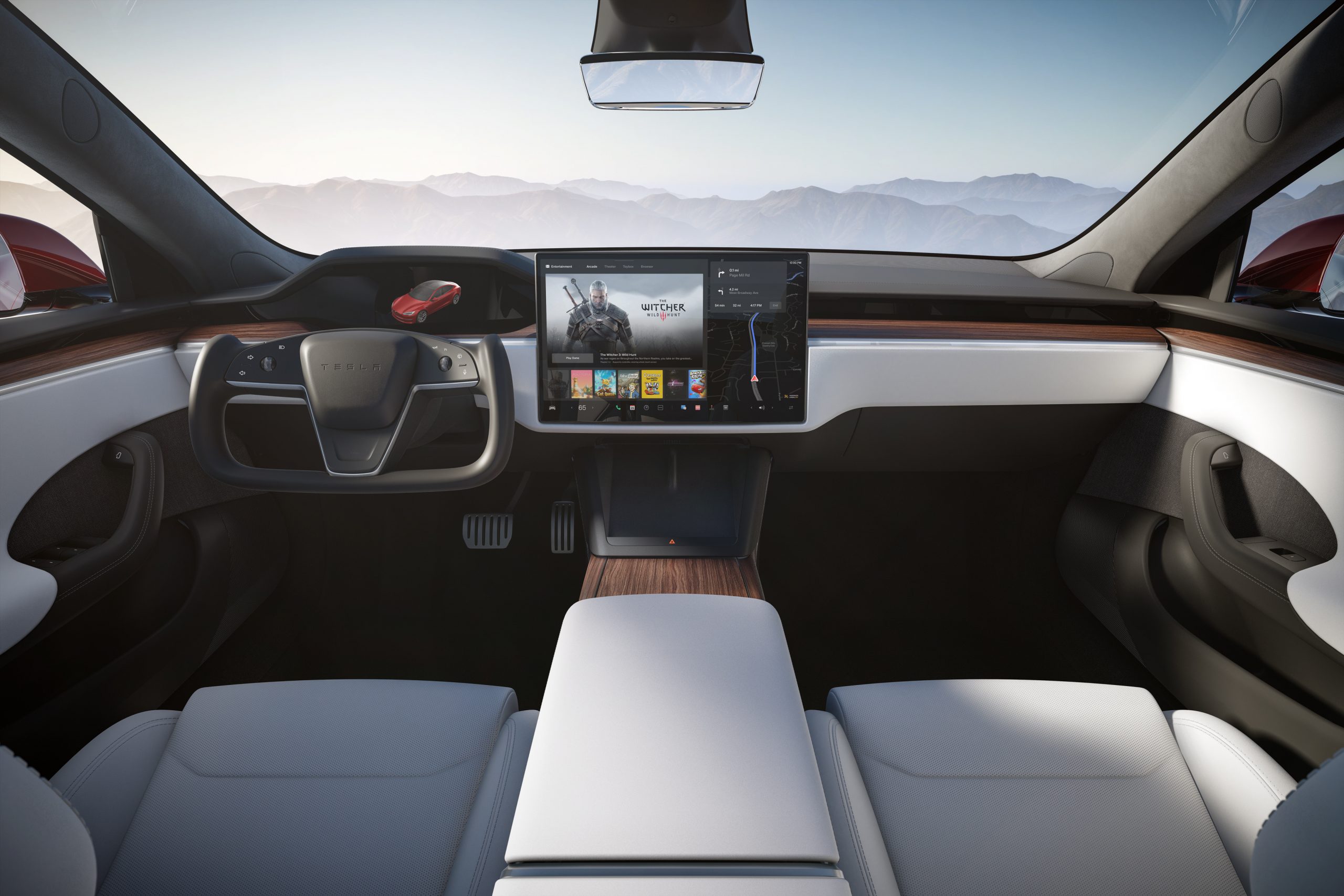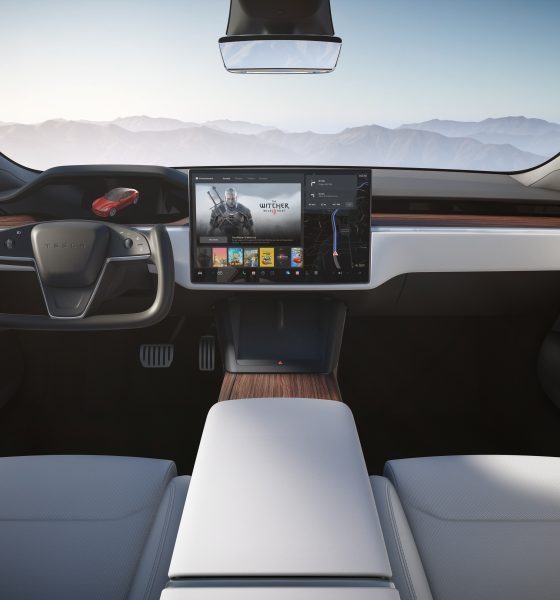Tesla is discussing video games and how they can be used for entertainment with the National Highway Traffic Safety Administration, the agency confirmed this morning.
The NHTSA told Teslarati in a statement this morning that it is “discussing the feature with the manufacturer,” attempting to gather any information or evidence that Tesla’s in-car video games are a violation of the Vehicle Safety Act, which prohibits manufacturers from selling vehicles with design defects posing unreasonable risks to safety.
“Safety is central to NHTSA’s mission and we are committed to improving safety for all road users. Distraction-affected crashes are a concern, particularly in vehicles equipped with an array of convenience technologies such as entertainment screens. We are aware of driver concerns and are discussing the feature with the manufacturer,” the NTHSA said.
The discussion between Tesla and the NHTSA is likely in response to a piece from The New York Times published earlier this week. The article, titled “A New Tesla Safety Concern: Drivers Can Play Video Games in Moving Cars,” alleged drivers in Teslas are capable of playing games instead of paying attention to the road. However, this is a misconception of the company’s in-car entertainment features and a misrepresentation of Tesla’s safety features, which monitor driver behavior during vehicle operation.
Teslas use a cabin camera monitoring system to keep tabs on the driver and maintain that their attention is on the road at all times. Ultimately, the drivers are responsible for keeping up their end of the deal and maintaining their eyes and attention on the task at hand. Let’s not forget: driving is a privilege, not a right, and drivers, unfortunately, regardless of vehicle, will look at cell phones or find other ways to be distracted. Distracted driving is not exclusive to Tesla. The NHTSA did state that in 2013, the agency issued guidelines to encourage OEMs to “factor safety and driver distraction prevention into their designs and adoption of infotainment devices in vehicles. These guidelines recommend that in-vehicle devices be designed so that they cannot be used by the driver to perform inherently distracting secondary tasks while driving.”
Tesla’s camera-based driver monitoring system goes through the cellphone test
Gaming is operational and accessible during driving operation, but it is only available to the person in the front passenger seat. Once again, Tesla’s cabin monitoring system, which activates when the vehicle is in Autopilot, monitors the driver’s eyes and records whether they remain vigilant and attentive during vehicle operation.
The NHTSA’s statement is available below:
“Safety is central to NHTSA’s mission and we are committed to improving safety for all road users. Distraction-affected crashes are a concern, particularly in vehicles equipped with an array of convenience technologies such as entertainment screens. We are aware of driver concerns and are discussing the feature with the manufacturer. The Vehicle Safety Act prohibits manufacturers from selling vehicles with design defects posing unreasonable risks to safety.
In 2013 NHTSA issued guidelines to encourage OEMs to factor safety and driver distraction prevention into their designs and adoption of infotainment devices in vehicles. These guidelines recommend that in-vehicle devices be designed so that they cannot be used by the driver to perform inherently distracting secondary tasks while driving.
For all other visual-manual secondary tasks, the NHTSA guidelines specify a test method to evaluate whether a task interferes with driver attention, rendering it unsuitable for a driver to perform while driving. If a task does not meet the acceptance criteria, the NHTSA Guidelines recommend that the task be made inaccessible for performance by the driver while driving. NHTSA continues to research this important topic and will continue to work with State and local partners to combat distracted driving, which claimed 3,142 lives in 2019.”
I’d love to hear from you! If you have any comments, concerns, or questions, please email me at joey@teslarati.com. You can also reach me on Twitter @KlenderJoey, or if you have news tips, you can email us at tips@teslarati.com.

News
Tesla has passed a critical self-driving milestone Elon Musk listed in Master Plan Part Deux
Tesla China announced that the company’s Autopilot system has accumulated 10 billion kilometers of driving experience.

Tesla has passed a key milestone, and it was one that CEO Elon Musk initially mentioned more than nine years ago when he published Master Plan, Part Deux.
As per Tesla China in a post on its official Weibo account, the company’s Autopilot system has accumulated over 10 billion kilometers of real-world driving experience.
Tesla China’s subtle, but huge announcement
In its Weibo post, Tesla China announced that the company’s Autopilot system has accumulated 10 billion kilometers of driving experience. “In this respect, Tesla vehicles equipped with Autopilot technology can be considered to have the world’s most experienced and seasoned driver.”
Tesla AI’s handle on Weibo also highlighted a key advantage of the company’s self-driving system. “It will never drive under the influence of alcohol, be distracted, or be fatigued,” the team wrote. “We believe that advancements in Autopilot technology will save more lives.”
Tesla China did not clarify exactly what it meant by “Autopilot” in its Weibo post, though the company’s intense focus on FSD over the past years suggests that the term includes miles that were driven by FSD (Beta) and Full Self-Driving (Supervised). Either way, 10 billion cumulative miles of real-world data is something that few, if any, competitors could compete with.


Elon Musk’s 10-billion-km estimate, way back in 2016
When Elon Musk published Master Plan Part Deux, he outlined his vision for the company’s autonomous driving system. At the time, Autopilot was still very new, though Musk was already envisioning how the system could get regulatory approval worldwide. He estimated that worldwide regulatory approval will probably require around 10 billion miles of real-world driving data, which was an impossible-sounding amount at the time.
“Even once the software is highly refined and far better than the average human driver, there will still be a significant time gap, varying widely by jurisdiction, before true self-driving is approved by regulators. We expect that worldwide regulatory approval will require something on the order of 6 billion miles (10 billion km). Current fleet learning is happening at just over 3 million miles (5 million km) per day,” Musk wrote.
It’s quite interesting but Tesla is indeed getting regulatory approval for FSD (Supervised) at a steady pace today, at a time when 10 billion miles of data has been achieved. The system has been active in the United States and has since been rolled out to other countries such as Australia, New Zealand, China, and, more recently, South Korea. Expectations are high that Tesla could secure FSD approval in Europe sometime next year as well.
Elon Musk
SpaceX maintains unbelievable Starship target despite Booster 18 incident
It appears that it will take more than an anomaly to stop SpaceX’s march towards Starship V3’s refinement.

SpaceX recently shared an incredibly ambitious and bold update about Starship V3’s 12th test flight.
Despite the anomaly that damaged Booster 18, SpaceX maintained that it was still following its plans for the upgraded spacecraft and booster for the coming months. Needless to say, it appears that it will take more than an anomaly to stop SpaceX’s march towards Starship V3’s refinement.
Starship V3 is still on a rapid development path
SpaceX’s update was posted through the private space company’s official account on social media platform X. As per the company, “the Starbase team plans to have the next Super Heavy booster stacked in December, which puts it on pace with the test schedule planned for the first Starship V3 vehicle and associated ground systems.”
SpaceX then announced that Starship V3’s maiden flight is still expected to happen early next year. “Starship’s twelfth flight test remains targeted for the first quarter of 2026,” the company wrote in its post on X.
Elon Musk mentioned a similar timeline on X earlier this year. In the lead up to Starshp Flight 11, which proved flawless, Musk stated that “Starship V3 is a massive upgrade from the current V2 and should be through production and testing by end of year, with heavy flight activity next year.” Musk has also mentioned that Starship V3 should be good enough to use for initial Mars missions.
Booster 18 failure not slowing Starship V3’s schedule
SpaceX’s bold update came after Booster 18 experienced a major anomaly during gas system pressure testing at SpaceX’s Massey facility in Starbase, Texas. SpaceX confirmed in a post on X that no propellant was loaded, no engines were installed, and personnel were positioned at a safe distance when the booster’s lower section crumpled, resulting in no injuries.
Still, livestream footage showed significant damage around the liquid oxygen tank area of Booster 18, leading observers to speculate that the booster was a total loss. Booster 18 was among the earliest vehicles in the Starship V3 series, making the failure notable. Despite the setback, Starship V3’s development plans appear unchanged, with SpaceX pushing ahead of its Q1 2026 test flight target.
News
Tesla Sweden faces fresh union blockade at key Gothenburg paint shop
Allround Lack works with painting and damage repair of passenger cars, including Teslas.

Tesla’s ongoing labor conflict in Sweden escalated again as the trade union IF Metall issued a new blockade halting all Tesla paintwork at Allround Lack in Gothenburg.
Allround Lack works with painting and damage repair of passenger cars, including Teslas. It currently employs about 20 employees.
Yet another blockade against Tesla Sweden
IF Metall’s latest notice ordered a full work stoppage for all Tesla-related activity at Allround Lack. With the blockade in place, paint jobs on Tesla-owned vehicles, factory-warranty repairs, and transport-damage fixes, will be effectively frozen, as noted in a report from Dagens Arbete. While Allround Lack is a small paint shop, its work with Tesla means that the blockade would add challenges to the company’s operations in Sweden, at least to some degree.
Paint shop blockades have been a recurring tool in the longstanding conflict. The first appeared in late 2023, when repair shops were barred from servicing Tesla vehicles. Days later, the Painters’ Union implemented a nationwide halt on Tesla paint work across more than 100 shops. Since then, a steady stream of workshops has been pulled into the conflict.
Earlier blockades faced backlash from consumers
The sweeping effects of the early blockades drew criticism from industry groups and consumers. Employers and industry organization Transportföretagen stated that the strikes harmed numerous workshops across Sweden, with about 10 of its members losing about 50% of their revenue.
Private owners also expressed their objections. Tibor Blomhäll, chairman of Tesla Club Sweden, told DA in a previous statement that the blockades from IF Metall gave the impression that the union was specifically attacking consumers. “If I get parking damage to my car, I pay for the paint myself. The company Tesla is not involved in that deal at all. So many people felt singled out, almost stigmatized. What have I done as a private individual to get a union against me?” Blomhäll stated.
In response to these complaints, IF Metall introduced exemptions, allowing severely damaged vehicles to be repaired. The union later reopened access for private owners at workshops with collective agreements. The blockades at the workshops were also reformulated to only apply to work that is “ordered by Tesla on Tesla’s own cars, as well as work covered by factory warranties and transport damage on Tesla cars.”










